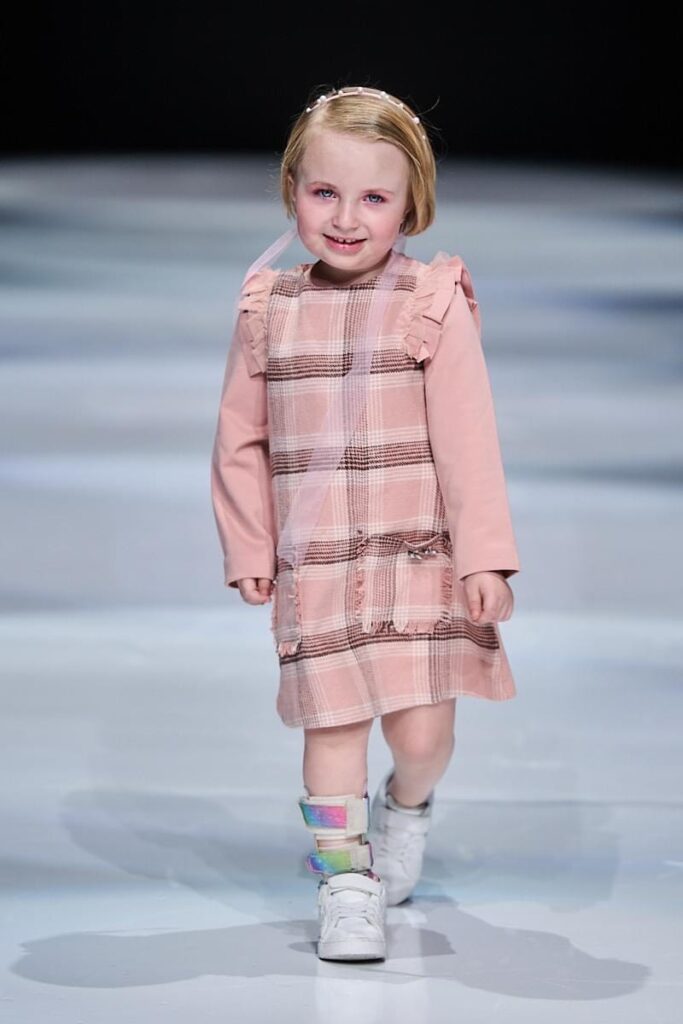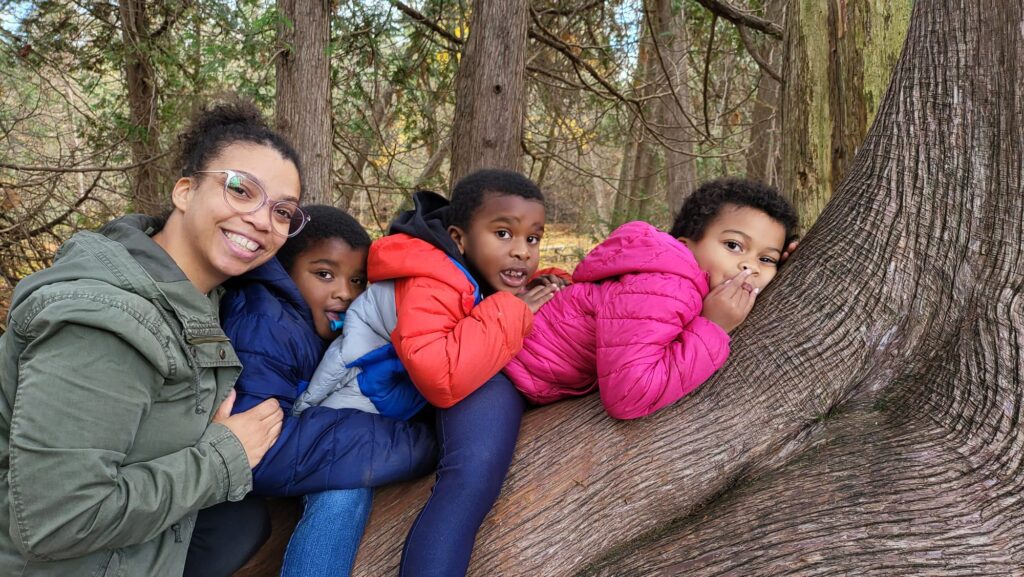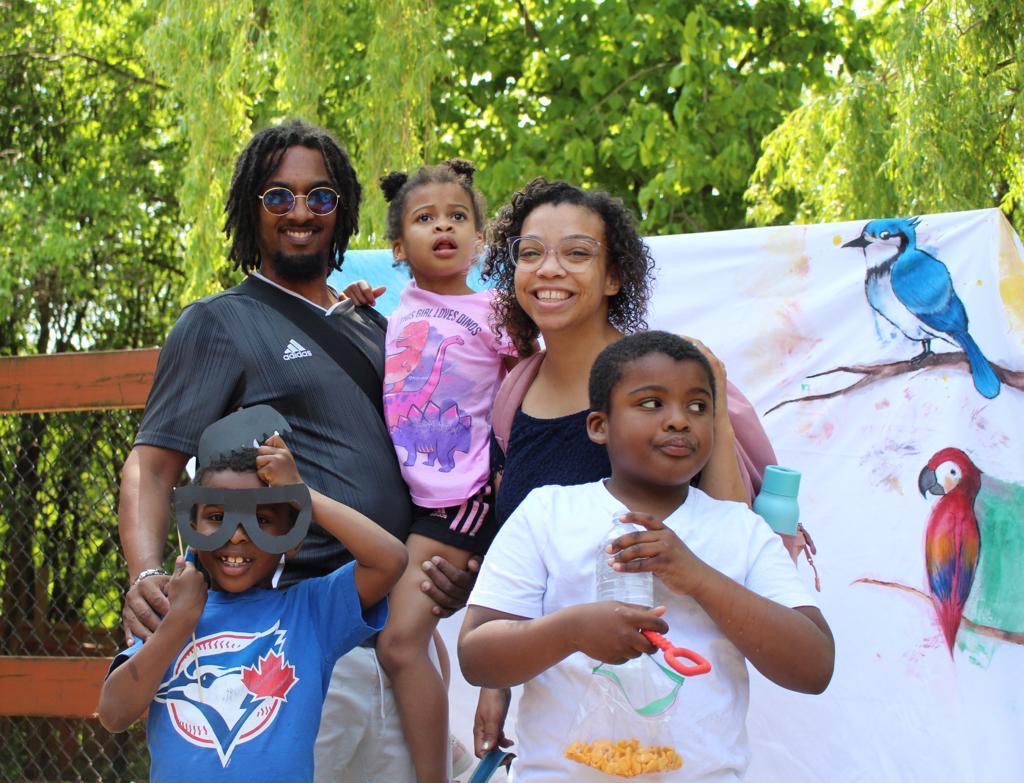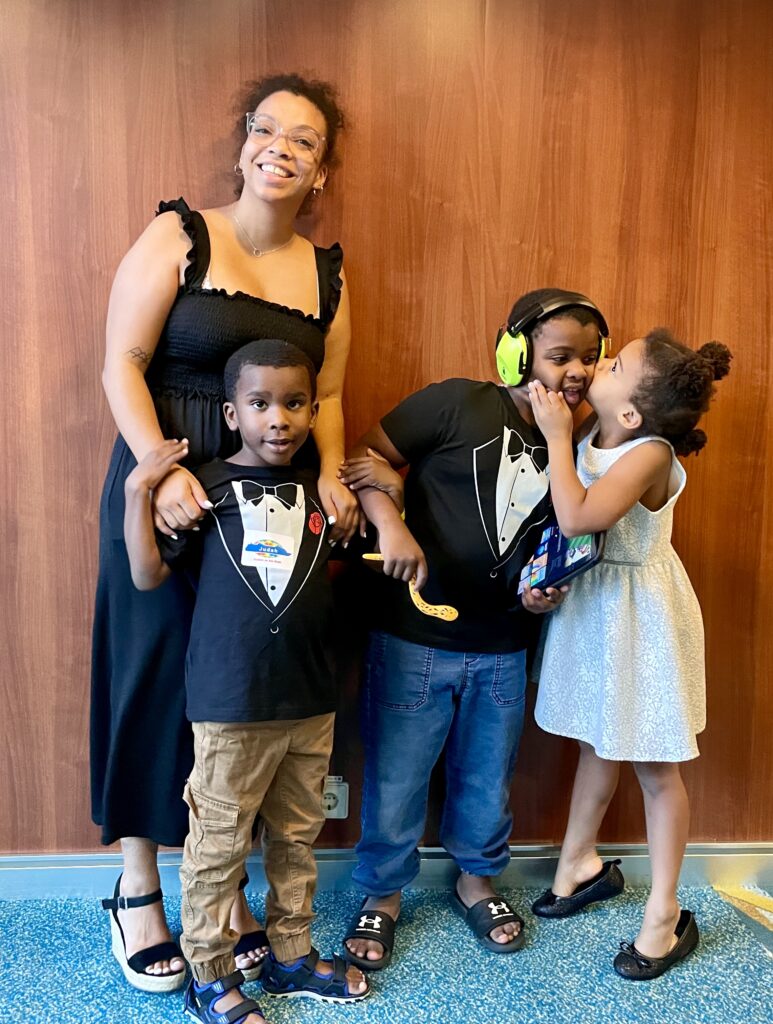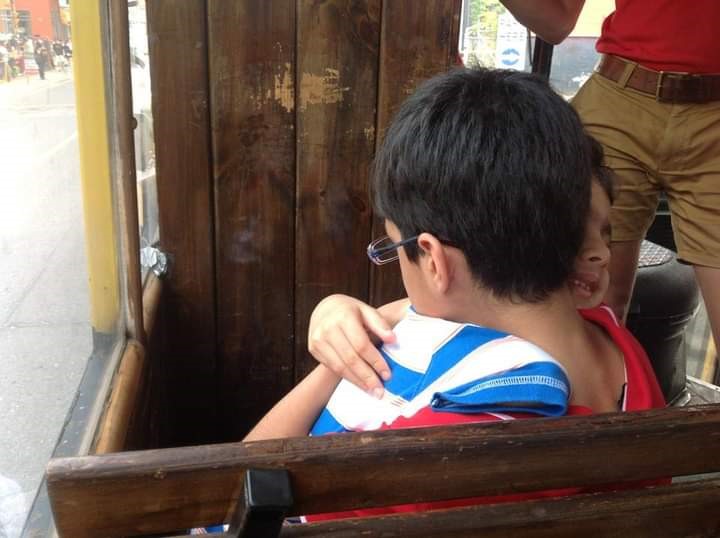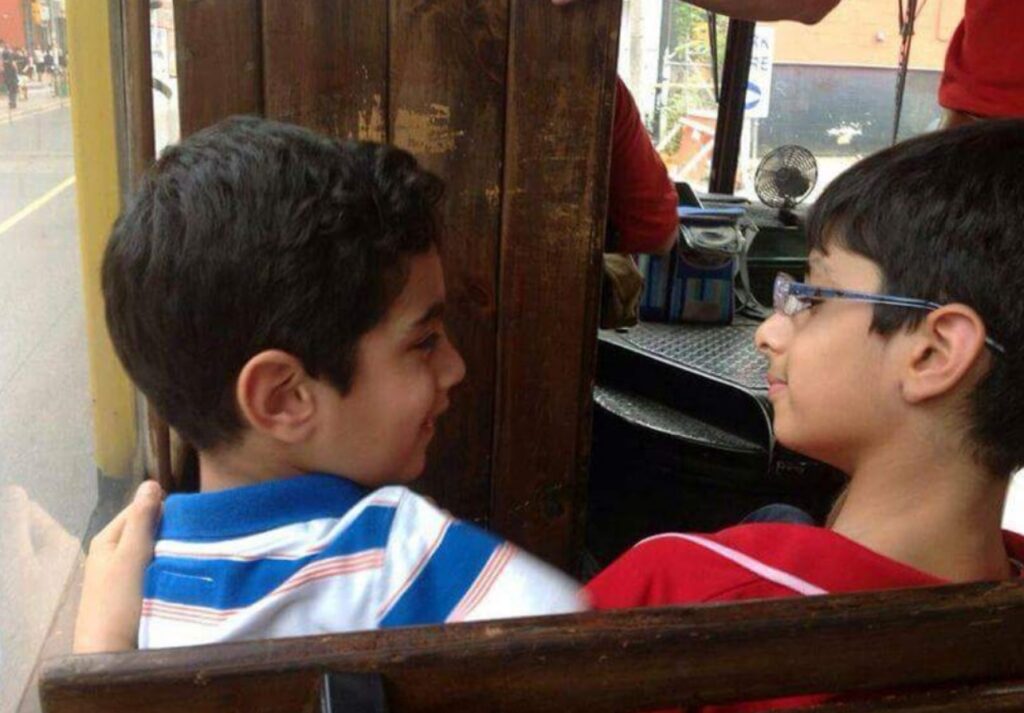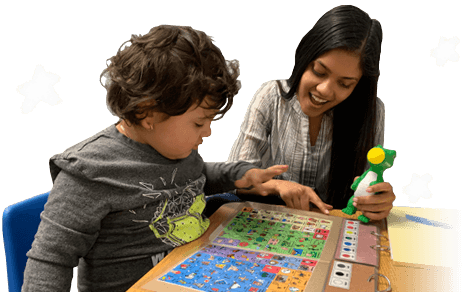Paediatric Stroke Awareness Month is observed annually in May to bring awareness to the national crisis of paediatric strokes, a seemingly rare yet critical issue that often flies under the radar for millions of people. The month, since its creation in 2002, sheds light on the strokes and heart attacks occurring in children.
Grandview Kids Client Story:
Clarissa is four years old and lives with her parents, Megan and Zach, and her baby sister, Senna. She loves to watch movies, some of her favourites being Beauty and the Beast, The Little Mermaid, and Sing 1 and 2. She also enjoys playing princess, being at the playground, and dancing and singing along to music.
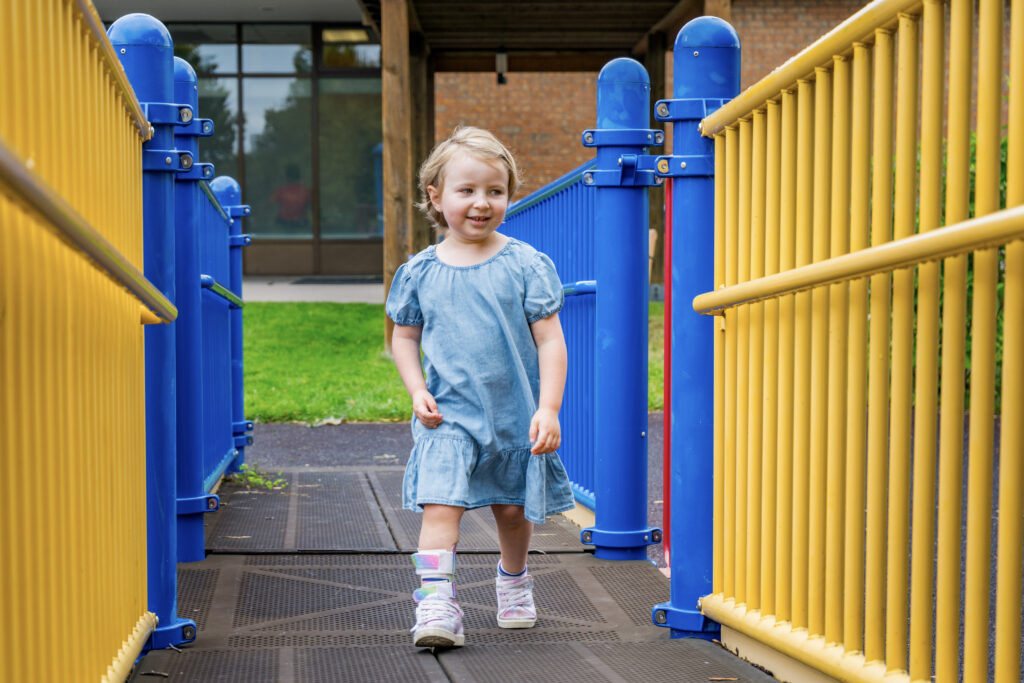
At three months of age, a Sick Kids Hospital visit was prompted by continuous eye-rolling. At Sick Kids Hospital, her parents were told that Clarissa had suffered a stroke around the time of birth that caused the development of a fluid-filled cavity, called a cyst, in her frontal left lobe. She was diagnosed with a rare disorder called Porencephaly and secondary diagnoses of Hydrocephalus, Epilepsy, and Right-Sided Hemiplegia Cerebral Palsy. Megan and Zach began to wonder what Clarissa’s quality of life and future would now look like. As first-time parents, their expectations were suddenly and drastically altered as her diagnosis affected her daily living. She would now need a team of medical experts, seizure medication, and therapy to learn to walk and use the right side of her body.
A referral to Grandview Kids for community support was made, and it has since made a world of difference in Clarissa’s life. The milestones naturally met by most children did not come easy, but Clarissa persevered in reaching her milestones as her parents were taught tools to support her success. Her Developmental Paediatrician offered medical care and resources for support. speech-language pathology helped her ability to communicate. Physiotherapy and occupational therapy directed them with equipment, stretches and exercises needed to overcome gross motor and fine motor skill delays.
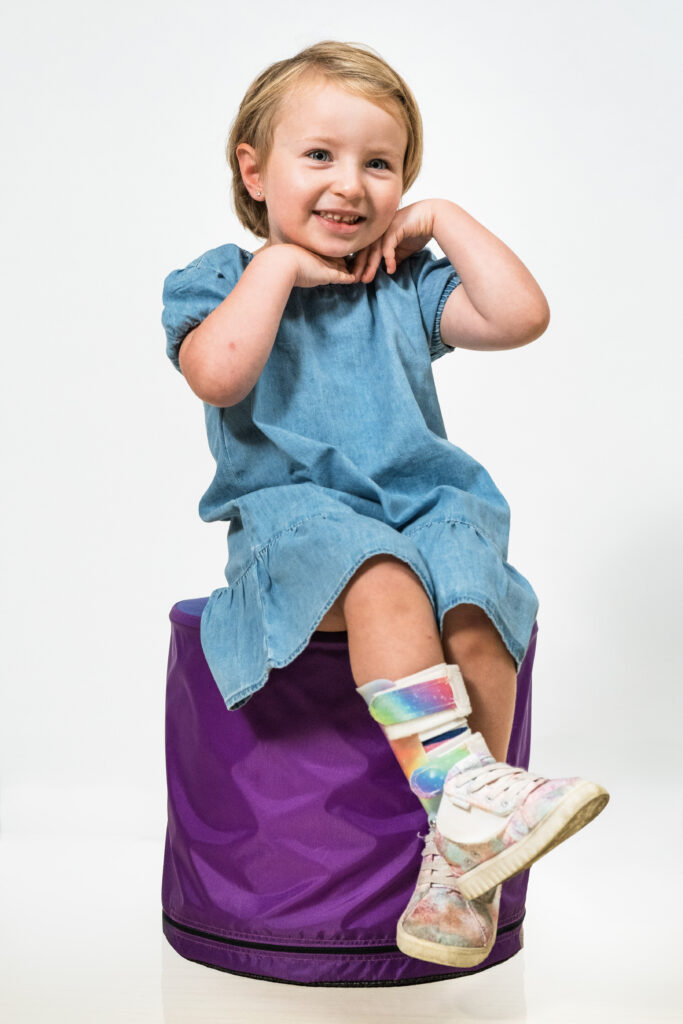
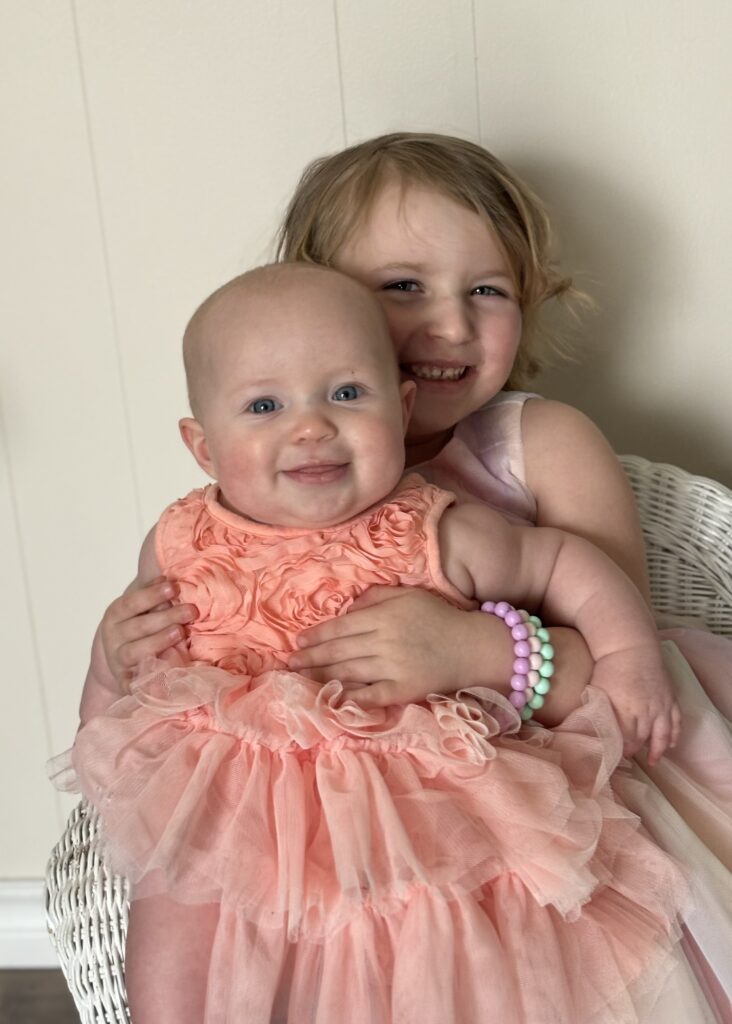
With the countless appointments Clarissa has, having specialized services close to home is vital to managing their time efficiently, home life and Clarissa’s medical care. Through Grandview Kids’ early intervention, Megan and Zach were given the necessary tools that led to Clarissa’s successes. They still need to put in hard work, but they know that Grandview Kids will be with them every step of the way. They know that there is a community of parents who understand, caring staff and generous volunteers working together to change the lives of children and their families.
Megan and Zach share Clarissa’s story to help other parents on the same journey. It begins with a scary diagnosis that flips their world upside down. Schedules are suddenly full of medical and therapy appointments, and difficult decisions on childcare and work must be made. However, there are mountaintop moments that make it worth it.
Recently, “Clarissa auditioned for Toronto Kids Fashion Week and was selected to participate. She practiced for weeks, and when it was her moment, she put on a brave face and was all smiles! We were beyond proud to see her so confident and happy!” exclaims Megan. Grandview Kids continues to root for families like Clarissa’s as they strive for a better tomorrow of advocacy, awareness and inclusion.
